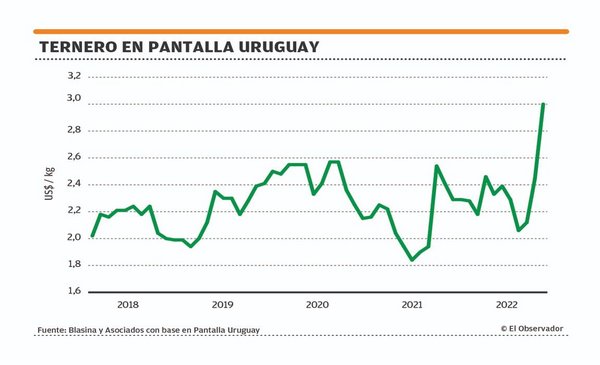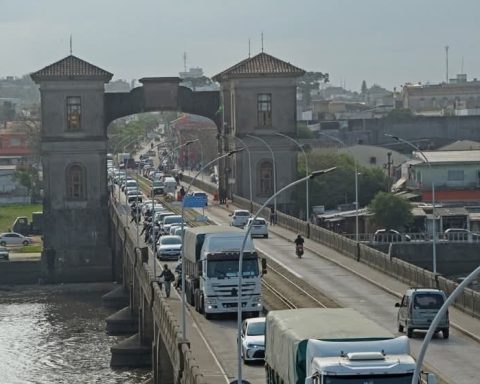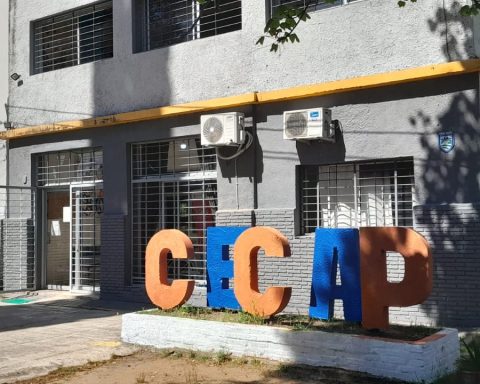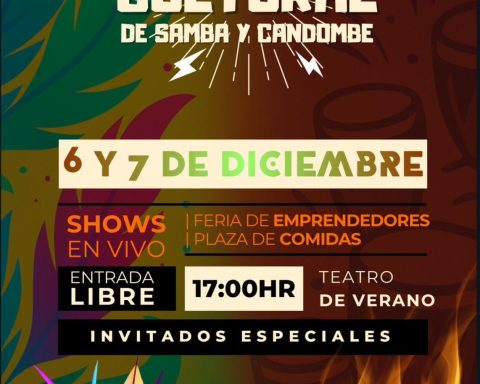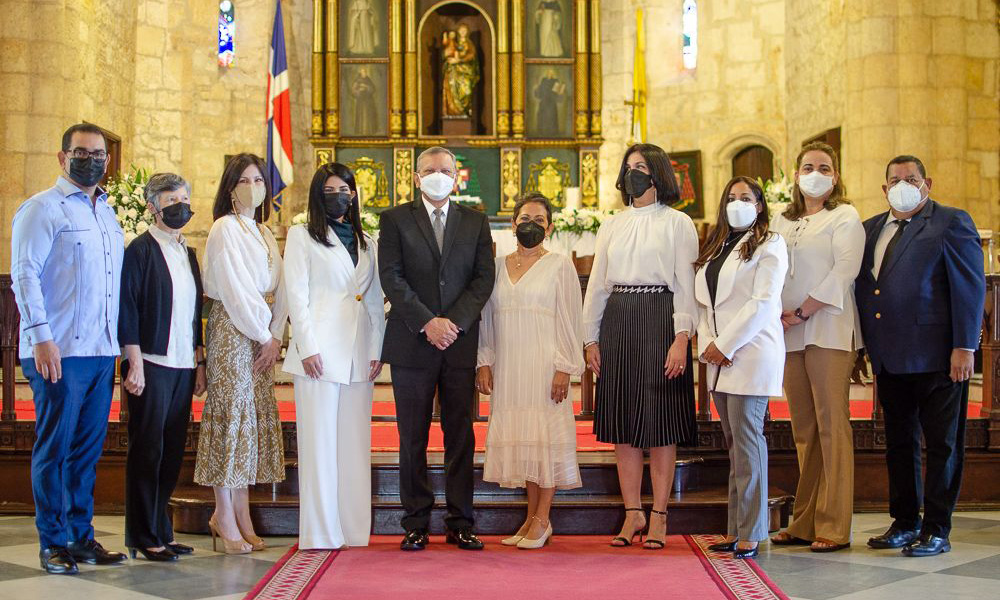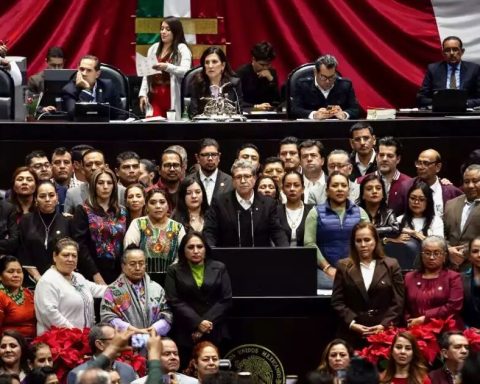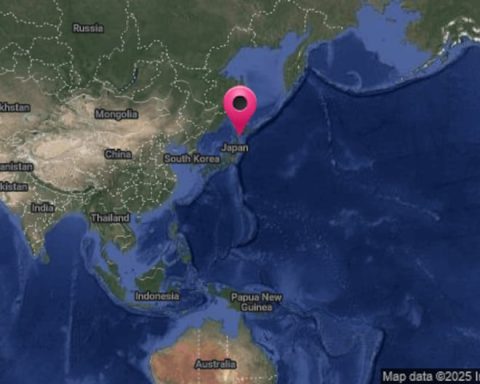Fat cattle were put on the replacement marketthat this Thursday touched new highs in the Uruguay Screen auction. The teneros had never reached US$ 3 on average. This Thursday they succeeded, with a maximum of US$ 3.60 per kilo on foot for light calves. The unprecedented average of US$ 2.74 registered in the last Plaza Rural auction was far behind. The bulk average was US$506.
It was “a historic auction”said Fernando José de la Peña, a member of the consortium.
Livestock producers see the future with optimism. Fodder abundance is taking hold in the south and this week’s rains seem to end the drought that had been punishing the north, particularly Artigas. A good start for the fall is consolidated and the outlook for the calf harvest becomes unbeatable.
The brightness of the replacement does not overshadow the market of the fat, which remains firm and has gained a few more cents in recent days, although the dizzying rate of rise that it brought in the last three weeks has slowed down. It seems to be looking for its ceiling.
The best steers have already crossed US$ 5 per kilo on the fourth scale in an overheated market. This week, up to US$5.10 was paid for a large batch of special steers. In recent days, some signs in the industry have suggested that they want to take their foot off the accelerator on prices, such as plant tickets, which went from immediate loads to one week to 10 days.
It is a difficult time to read the market, with a rise that does not seem to have more support than the competition between industries, considered an operator consulted, at a time when the supply of top cattle remains low.
There is even demand for all categoriesand the quality gap is reduced in the case of steers. Deals have been made for general steers close to US$ 5. The special fat cow reaches US$4.70.
These prices – historical maximums that have been registered in Uruguay – have jumped by more than 60 cents on the dollar since the beginning of the year. And if it is compared to mid-February of last year, when the steer averaged US$3.50, the escalation is even greater.
“Limited supply is the great stumbling block for the industry going forward,” said Gustavo Basso, director of Gustavo Basso Rural Businesses.
EO
The slaughter continues above 52,000 heads and in February, for the 10th consecutive month, more than 200,000 industrialized cattle will surely be registered.
For the marketing manager of the National Meat Institute (INAC), Lautaro Pérez, a sustainable scenario in the medium and long term is feasible. With the raw material at extraordinary prices, “until now there has been a validation of the markets, from China and the US,” he told Tiempo de Cambio radio Rural.
The export price for beef was US$4,852 per ton last weekaccording to preliminary data from INAC, and the annual average reaches US$4,816 so far in 2022. A historical value that is 31% higher than the US$3,668 for the same period last year.
Sheep with more firmness
In a more contained scenario, with greater stability, the market for sheep is gaining strength. The sheep harvest ends, and the offer decreases. Values have green arrow. Lamb is priced at US$4.23 per kilo, sheep US$4.30, capon US$3.91 and sheep US$3.76. Industrial activity will remain more stable for sheep this year, Basso considered.
The export price of sheep meat was US$ 4,797 per ton last week, very similar to the previous week, below US$ 5,000 as it had been consistently –until two weeks ago– since the beginning of August. So far this year it stands at US$5,211, 9.4% more than the US$4,762 a year ago. For the second consecutive week, it has been surpassed by the export price of beef, something atypical, which has not been seen since the beginning of July last year. Another of the particularities that appear in this exceptional moment of livestock.
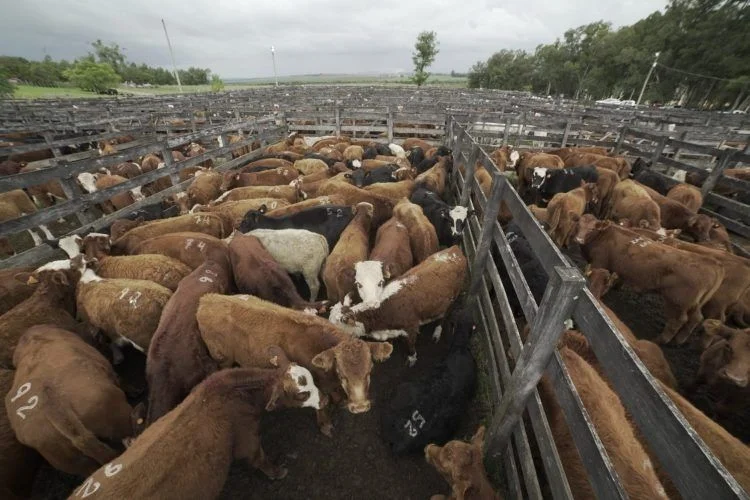
Valdez and Co.
